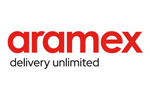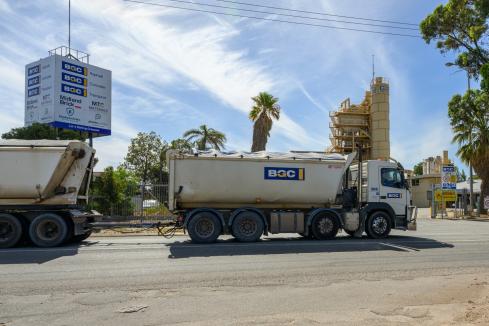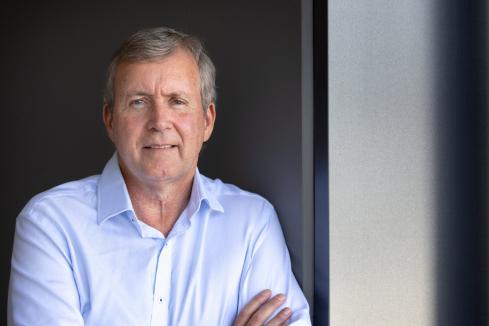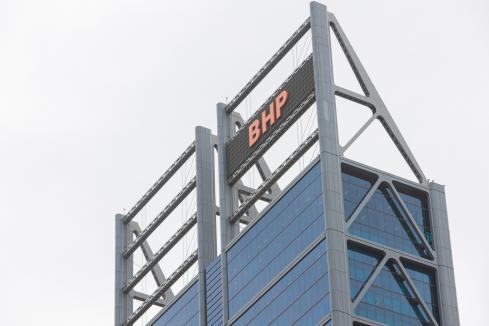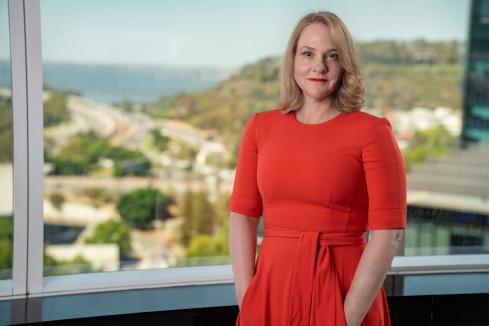Global food markets don’t always behave as might be expected, particularly in China, where the government plays such a dominant role.


Global food markets don't always behave as might be expected, particularly in China, where the government plays such a dominant role.
Feeding China is the next big investment game after its building boom fades and demand for minerals and metals declines.
At least that’s the latest theory.
Unfortunately, as with many theories, the trip from interesting idea to reality will not be quick or easy, which means investors planning a plunge into food-producing companies, or businesses that sell raw materials to farmers, should take care.
Three examples last week demonstrated why the food boom could be a slow-moving event littered with traps for the unwary.
• A report that China’s imports of rice had hit an all-time high and that a country which once accounted for 14 per cent of the world’s rice exports would this year buy 3 million tonnes of rice from foreign suppliers.
• BHP Billiton’s ongoing interest in becoming a producer of the essential crop fertiliser, potash, but at a slower pace than originally planned thanks to a collapse in the global potash price.
• Disclosure in the half-year report of the diversified resources company, Glencore Xstrata, that its agricultural business was operating at a loss.
At first glance, surging demand for imported rice sounds like a dream situation for Australia’s small and sometimes controversial rice-growing sector, and perhaps even a crop with a bigger future at the expanded Ord River irrigation scheme.
Look a bit deeper, however, and there is a bureaucratic reason behind China’s rice imports, which could be stopped overnight with a change of government policy.
China, like Japan, subsidises its local rice-growing industry by fixing the domestic price at a level to keep farmers happy.
The subsidy system means the official local price for long-grain rice is around $US420 a tonne, while the unofficial price is around $US600/t – with either domestic price well above the $US300/t paid for rice imported from Vietnam.
As the world is currently enjoying a rice glut, the gap between the domestic and international price is expected to widen, which will encourage Chinese traders to buy even more imported rice – until the government says stop, which it can.
In other words, the China rice-importing boom is not real; it’s a government creation that could disappear as quickly as it arrived – a situation that could equally apply to other foodstuffs.
BHP Billiton’s adventure in potash, which is designed to add a new agriculture-focused division to the diversified minerals and energy producer, has annoyed some investors because of the risks involved; but it has management support because of the long-term potential.
Last week, an extra $US2.6 billion was allocated to digging deep shafts and building surface facilities at the Jansen project in the Canadian province of Saskatchewan.
While sounding like a heavy commitment to a fertiliser business, the $US2.6 billion will be spread over the next four years, and even then it will only take Jansen to a point where commercial mining of potash might start in the year 2020.
BHP Billiton has the balance sheet power to invest in projects that take seven years to start, and perhaps as long again to turn a profit. Not many other companies can indulge in a time-luxury like that.
Glencore Xstrata’s food operations, which are promoted as a way of gaining an extra foothold in China, set the company apart from its mining rivals; but they’re not what they seem, if the latest half-year report is a guide.
While attracting a lot of interest from other mining companies because trading in wheat and soy seems an odd business alongside coal and copper, the Glencore Xstrata agricultural products division is a minnow among those of minerals and energy.
In the latest half year the company’s metals division generated revenue of $US36.4 billion and a pre-tax profit of $US2.2 billion. Energy generated revenue of $US68.8 billion and a profit of $US1 billion, while agricultural products generated revenue of $US16 billion and incurred a loss of $US20 million.
The three case studies – market-distorting rice subsidies in China, a global potash glut, and poor profitability from trading in agricultural products – tell a consistent story about the challenge of making profits from food.
Not only is government interference in markets an issue, so too is the traditional agricultural industry preference for trading monopolies of the sort that operated in the potash business until earlier this year when a breakdown between participants killed the potash price.
For investors there is a clear warning; feel free to invest in the China food story but don’t expect a fast or fat return.
Top dollar
APART from the surprising lack of profitability in its agricultural division, the Glencore Xstrata half-year result contained another important message for investors – its big asset value write-down is extra evidence that the worst of the commodity price downturn has passed.
By writing off a whopping $US7.6 billion, Glencore Xstrata has recalibrated its balance sheet and acknowledge that it overpaid by roughly that amount when it finalised the takeover of Xstrata earlier this year.
In effect, Glencore’s highly rated chief executive, Ivan Glasenberg, picked the exact top of the market to buy Xstrata, and then suffered the pain of writing off a huge pile of shareholders’ funds, much of it his.
With the other majors – BHP Billiton, Rio Tinto and Anglo American – having already taken their write-off medicine, the way is clear for the mining industry to start moving forward off a new and cleaner asset base.
Boral and Buckeridge
Speaking of hidden messages, there was one of interest for Western Australia in last week’s profit result from Boral, the big building materials group that was forced to book a $434 million asset-impairment charge for the year to June 30.
With that damaging piece of news out of the way, Boral might now be thinking of expansion; and what better way than to make a fresh offer for Len Buckeridge’s group of companies, which are a WA mirror image of Boral’s national operations.
Mr Buckeridge is kicking on (in more ways than one) and is proudly independent, if not any younger, and at some stage a cheque for $4 billion might prove irresistible for him, or his heirs.










